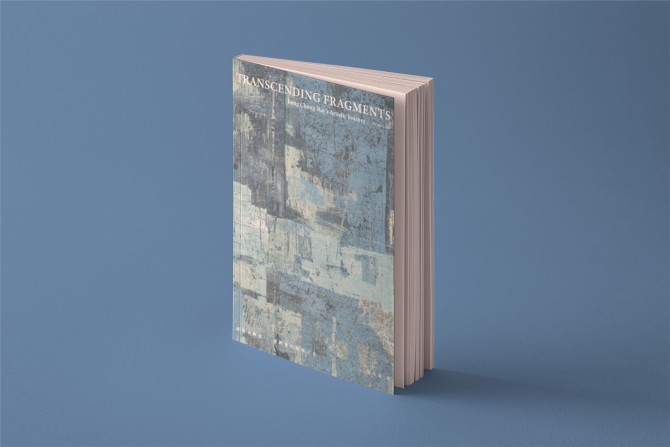While there may not be a direct connection between an artist's early life and his art, it is important to start the story of Fong Chung-Ray, a pioneer of modern art in Taiwan, with his war-torn youth, said art historian An-Yi Pan.
Born in China's Henan Province in 1934, Fong grew up in a family that valued education, even as the Sino-Japanese War and then the Chinese Civil War forced them to move again and again. In "Transcending Fragments: Fong Chung-Ray's Artistic Journey," Pan tells how, at 14, Fong left his family to hike more than 600 kilometers with his school class, following the Kuomintang government retreat to Taiwan. There, Fong joined the military, which opened opportunities for him to train as a painter.
"Fong credited his venturing into art to his tumultuous early life," said Pan, associate professor of history of art and visual studies in the College of Arts and Sciences. "He noted that had it not been for the constant war, he probably would have pursued a typical, normal career. It was the wars that brought him and his friends together. Many of them became major artists and poets in postwar Taiwan."
Presented in both Chinese and English languages in one volume, "Transcending Fragments" is the first detailed account of Fong's life and art. Pan's research included extensive interviews with the artist, who still paints every day in his San Francisco studio.
The College of Arts and Sciences spoke with Pan about the book. Read the interview on the College of Arts and Sciences website.







